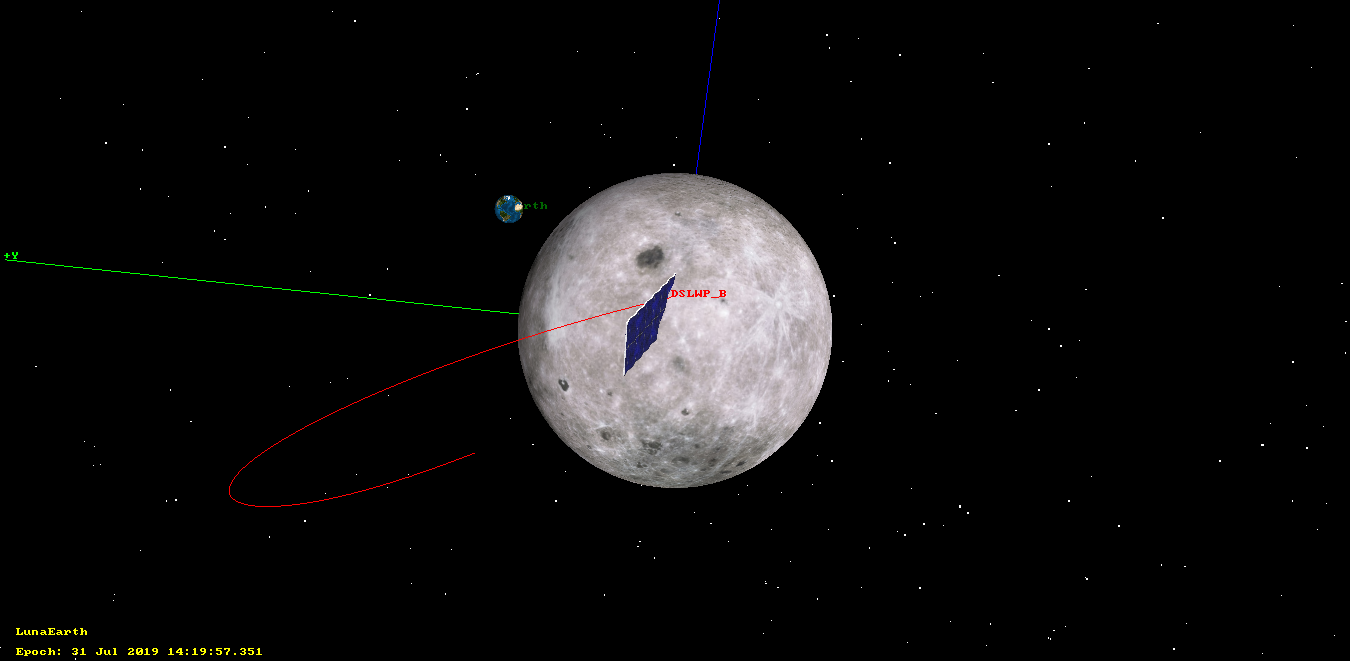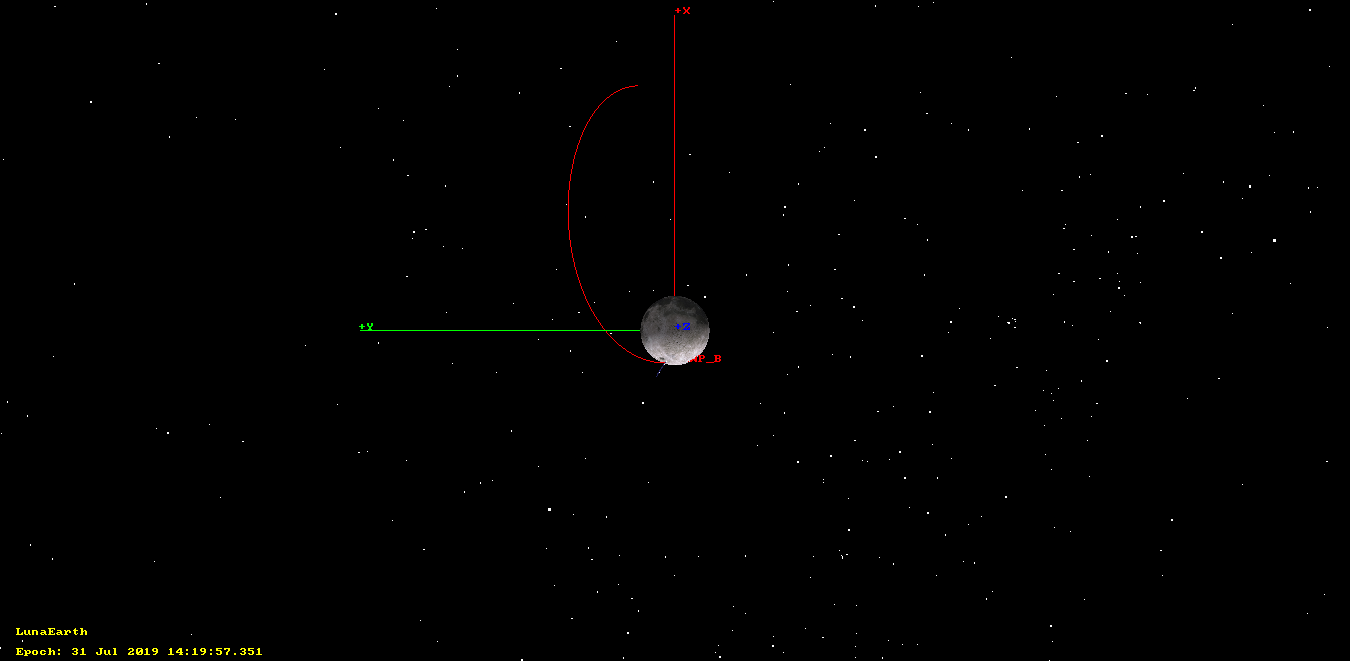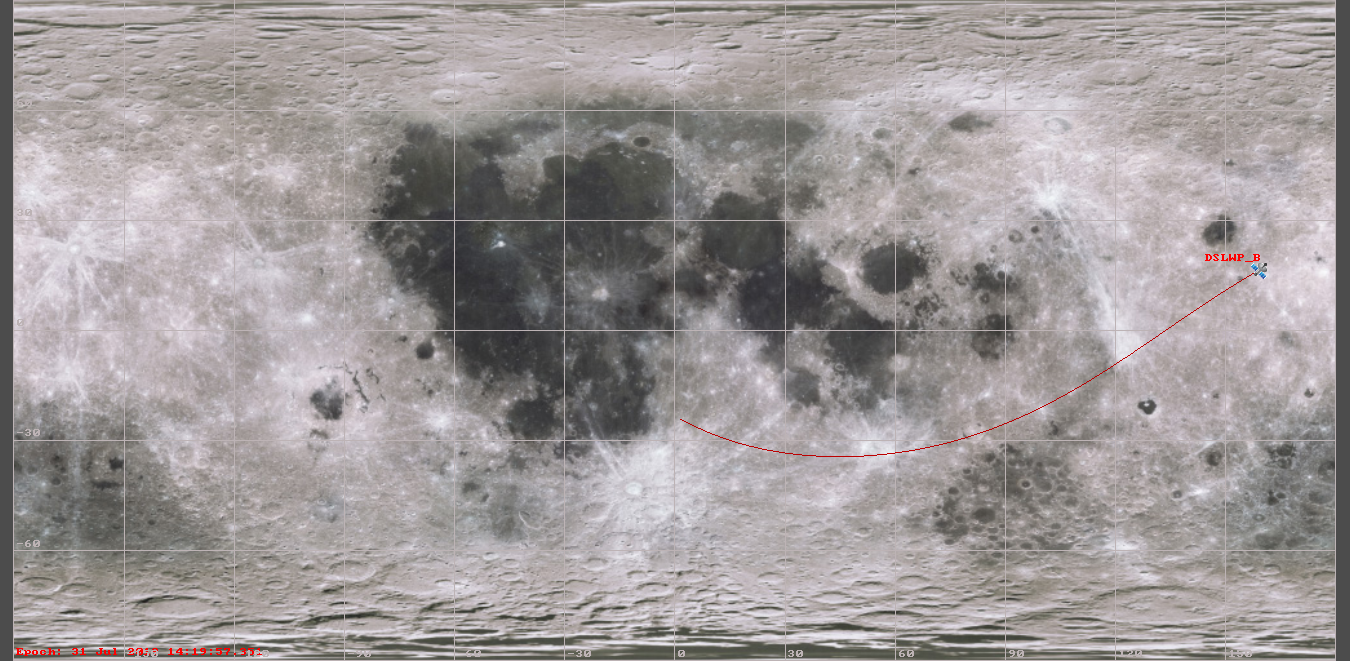Światowid is an Earth observation 2U cubesat built by the Polish company SatRevolution. It carriers a camera with a resolution of 4 metres per pixel and an Amateur radio U/V FM transponder that was never activated due to power budget constraints. The cubesat was launched to the ISS on April 17 this year and released in orbit on July 3. It transmits on the 70cm Amateur satellite band, using 1k2 AFSK AX.25 APRS plaintext for telemetry and 9k6 FSK with a custom protocol for downlinking the camera images. According to the IARU frequency coordination sheet and SatRevolution, it can also transmit images in the 13cm Amateur satellite band at 500kbps.
During June, I worked under a contract with SatRevolution to adapt gr-satellites for their use with Światowid and KRAKsat. Since I am well aware of the problem of private companies using the Amateur satellite bands as “free spectrum” for their satellites, when I was first contacted by SatRevolution regarding this project I did a small background check and saw that Światowid and KRAKsat had obtained an IARU frequency coordination successfully.
I also showed my IARU R1 proposal to SatRevolution and told them that, even though I was signing an NDA for the project, according to ITU regulations they had to publish all the details for the protocols they used on Amateur bands. Formally, these details were not covered by the NDA, and we also agreed that the modified version of gr-satellites would be publicly released under the GPLv3. The decoder was released here on July 4, and this was also announced by SatRevolution on Twitter.
Some Amateurs were not at all happy with the news that the FM transponder was not going to be activated, and accused SatRevolution of adding only the FM transponder to get through the IARU coordination, without having any real intention to activate it, of possibly causing interference to SO-50 and of not giving back anything to the community. However, all of this happened by the time I was already finishing my project with SatRevolution.
After finishing this project, I didn’t merge back to the main version of gr-satellites any of the modifications I did for SatRevolution, and I am not aware of SatRevolution having published any technical information about the 9k6 custom protocol used by Światowid. I didn’t see any reports of people receiving the 9k6 signal (only the APRS telemetry beacon was often seen), so I didn’t consider sorting this out as a priority, since I wasn’t even sure if the 9k6 protocol was actually being used (maybe they were only using S-band to download the images).
A couple days ago, I saw that Piotr Kuligowski SQ4NOW, Maciej Nowak and Tomek SP9TMQ, from the PW-Sat2 team managed to decode one of the images transmitted by Światowid using the 9k6 custom protocol. Talking with Piotr, I learned that they had used my modified gr-satellites version, but as it didn’t provide a complete solution to decode images (below I explain what was missing), they had to do some reverse engineering of the custom protocol.
Now that I’ve learned about the effort of Piotr, Maciej and Tomek, I have decided to add a complete decoder solution for the Światowid 9k6 custom protocol to the main gr-satellites version and to write this post to document completely the protocol.



